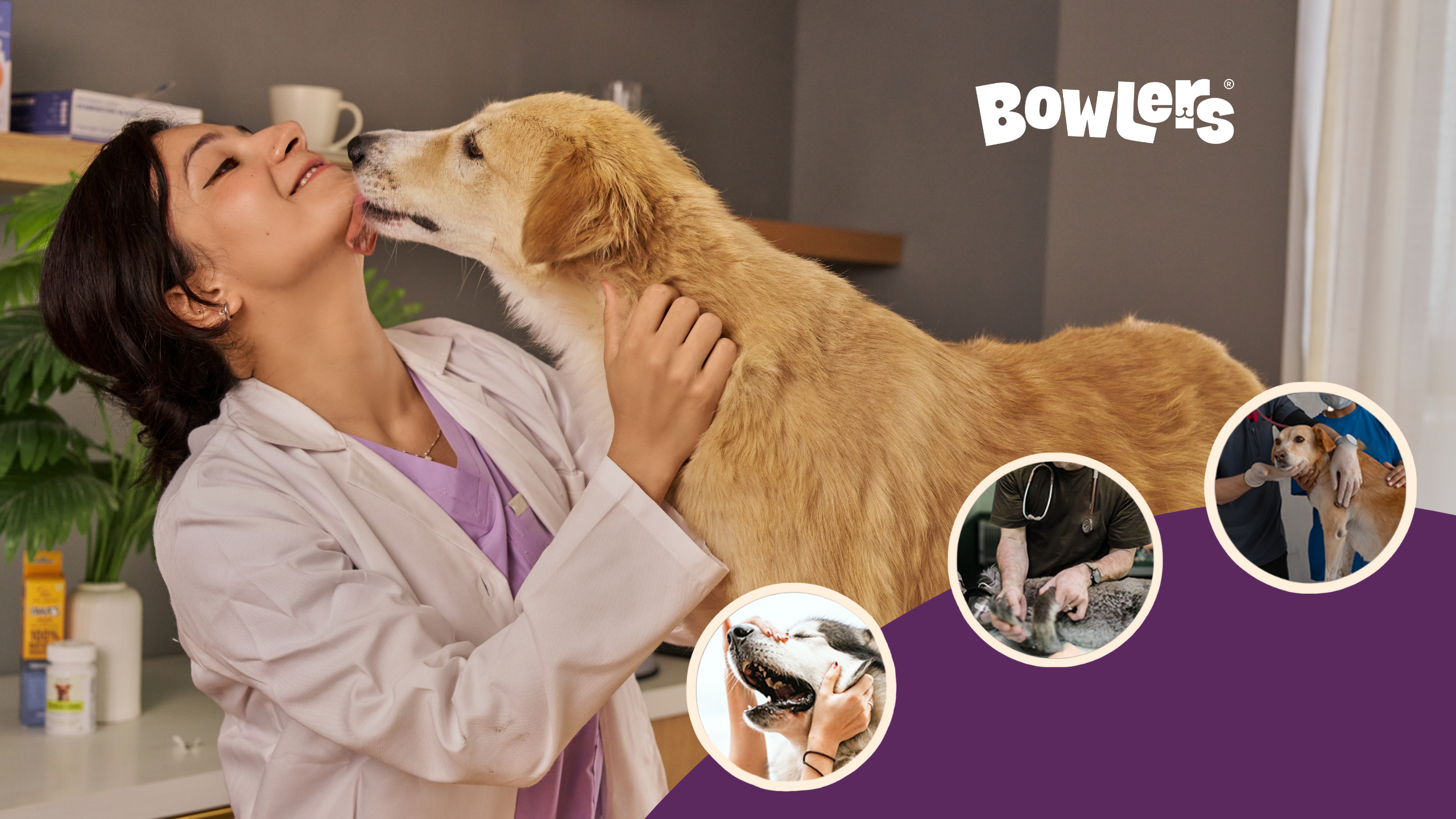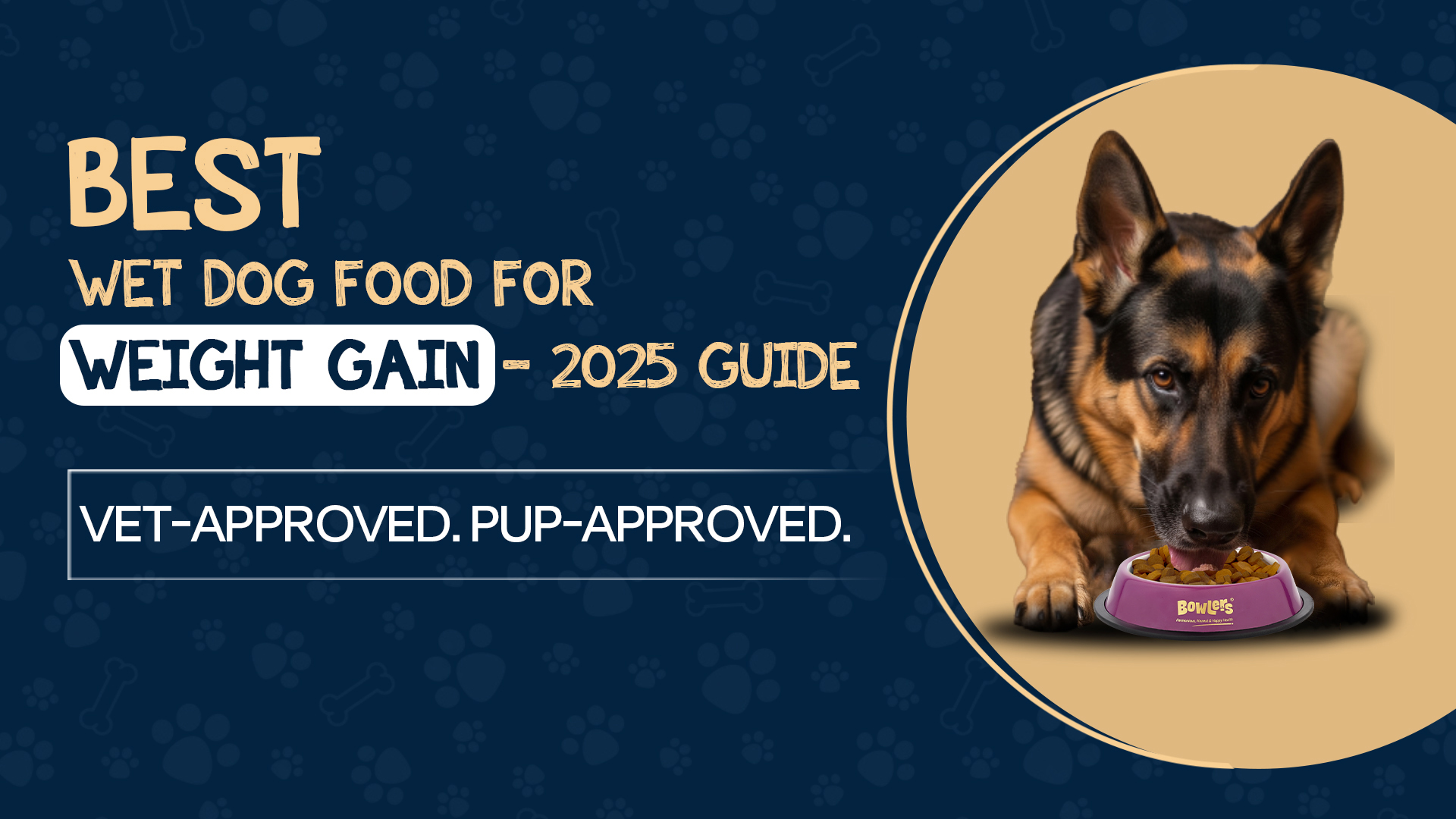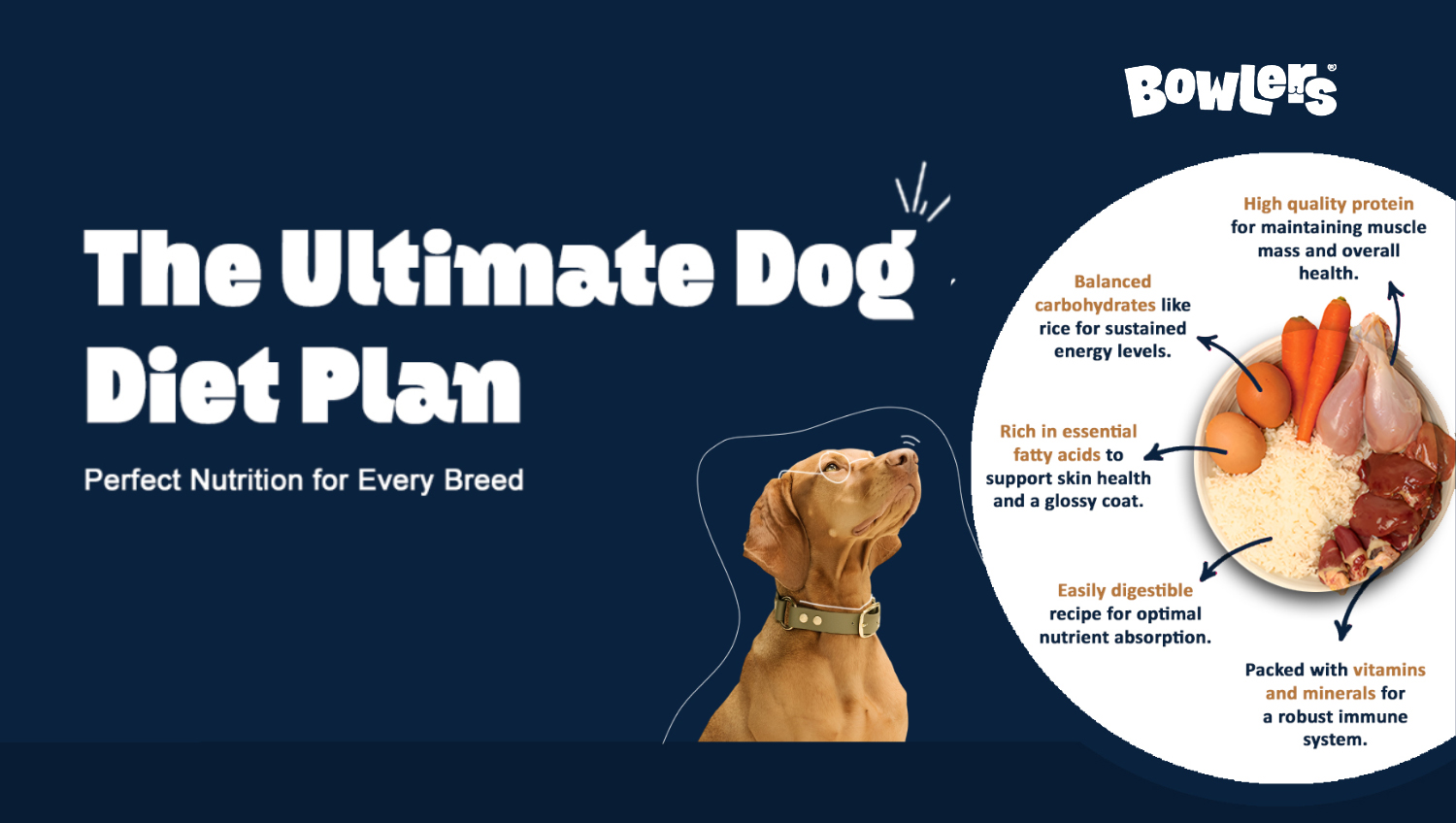Wet, Dry, Raw or Homemade? Choosing the Right Food for Your Dog
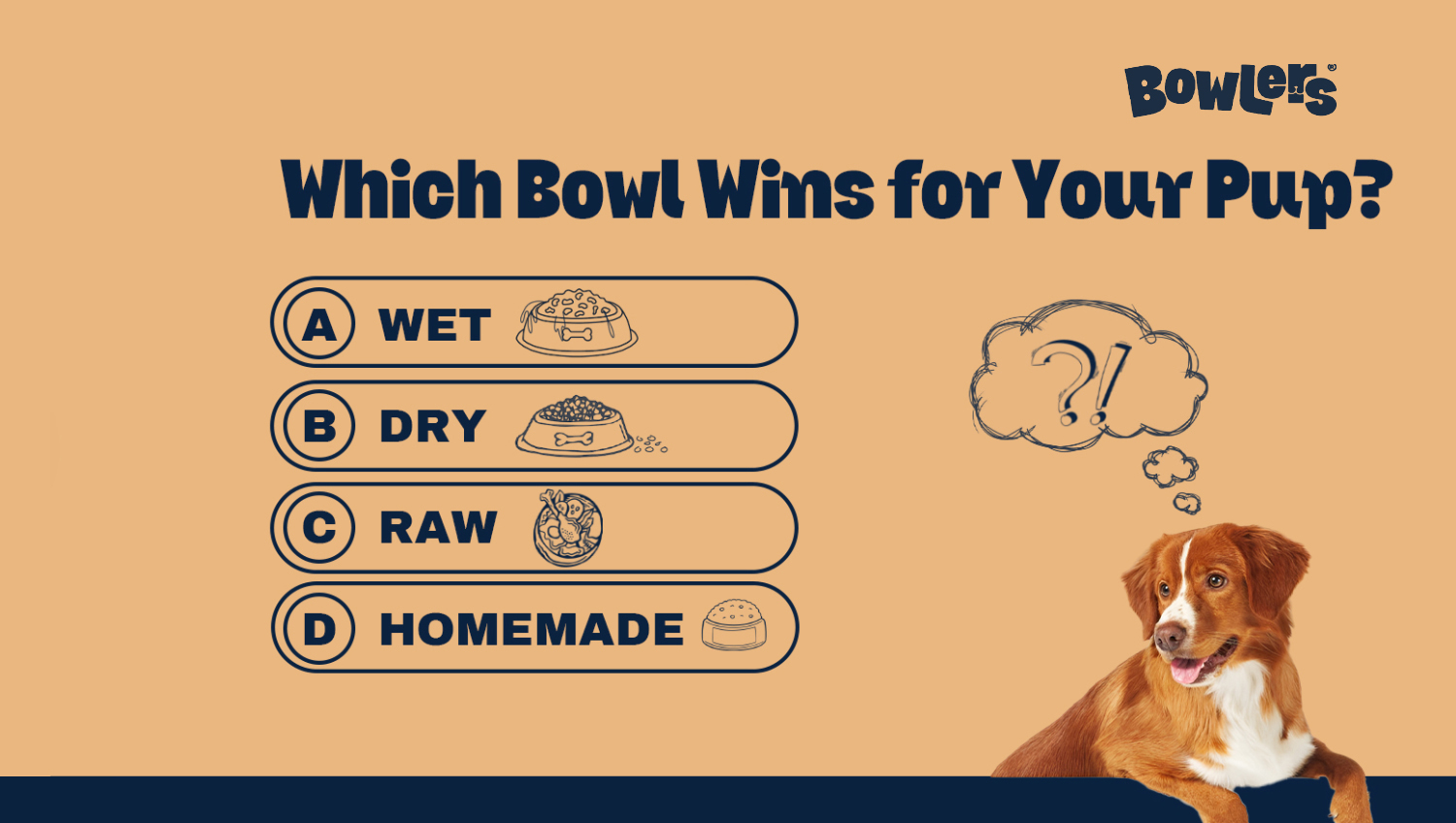
Ever found yourself standing in the pet food aisle, staring blankly at the wall of options and thinking,
What on earth should I be feeding my dog?
You’re definitely not alone. Picking the right food can feel like a puzzle with too many pieces.
Understanding how dogs eat, grow, and thrive is key to choosing the right food. Here’s a clear breakdown of the pros, cons, and unique aspects of each food type to help you decide what suits your dog and your lifestyle best.
Wet Food: Moist, Gentle & Easy to Digest
Wet food is ideal for dogs needing soft, hydrating meals. It’s grain-free, nutrient-balanced, and suits all adult breeds.
Benefits:
- High moisture content keeping dogs hydrated
- High-quality proteins for body growth
- Rich in fiber for digestion
- Great for picky eaters and seniors
Best For: Dogs with sensitive stomachs, dental issues, or low appetite.
Dry Food (Kibble): The Everyday Hero
Dry kibble is the go-to choice for most dog owners—and with good reason. It’s convenient, budget-friendly, and nutritionally balanced when chosen well.
Why It Works:
- Long shelf life, no refrigeration needed
- Easy to store and serve—perfect for busy routines
- Crunchy texture may help reduce plaque and tartar
- Great for portion control and weight management
- Widely available in breed- and age-specific formulas
- Often fortified with vitamins, minerals, and probiotics
Things to Note:
- Lower moisture content—ensure your dog has access to fresh water
- Some cheaper options may use fillers—read the label for quality ingredients
Best for: Most dogs, especially for daily feeding.
Reliable, practical, and nutritionally balanced—kibble remains a top choice for modern pet parents.
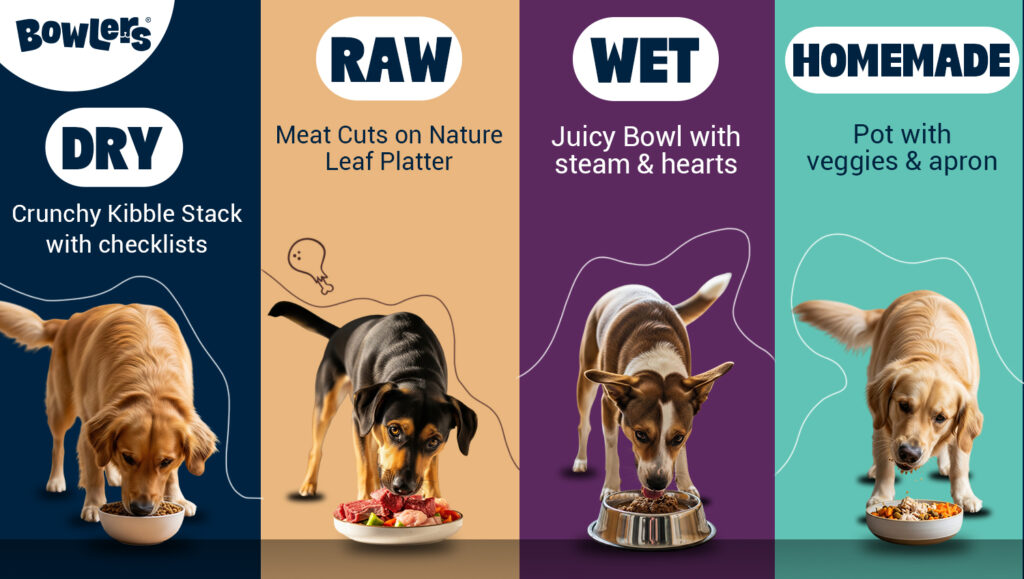
Raw Diet: Nature on a Plate
A raw diet includes uncooked meat, bones, and organs—mimicking what dogs might eat in the wild. It’s not ideal for most households.
Minimal Benefits:
- Slight improvement in coat or digestion in some cases
Major Drawbacks:
- High risk of bacterial contamination
- Time-consuming and requires strict hygiene
- Difficult to balance without expert help
- Often expensive and impractical
Best for: Very specific cases under close veterinary supervision.
For most pet parents, commercial dry or wet food is a safer and more convenient choice.
Homemade Food: A Personal Touch with Caution
Making your dog’s meals at home gives you full ingredient control and can support special diets like grain-free—but it comes with serious challenges.
What’s Good:
- Control over ingredients for allergy management
Can follow specific vet-advised diets (e.g., grain-free, low-fat)
What to Watch Out For:
- Time-consuming to plan, prepare, and cook regularly
- High risk of nutritional imbalance without expert guidance
- Requires vet or pet nutritionist supervision
- Mistakes in ingredients or portions can harm your dog’s health
- Not ideal for busy pet parents or growing puppies with complex needs
Best for: Dogs with unique dietary restrictions—only when meals are planned with professional input.
Homemade food sounds wholesome, but for most dogs, complete commercial diets are a safer and more convenient choice.
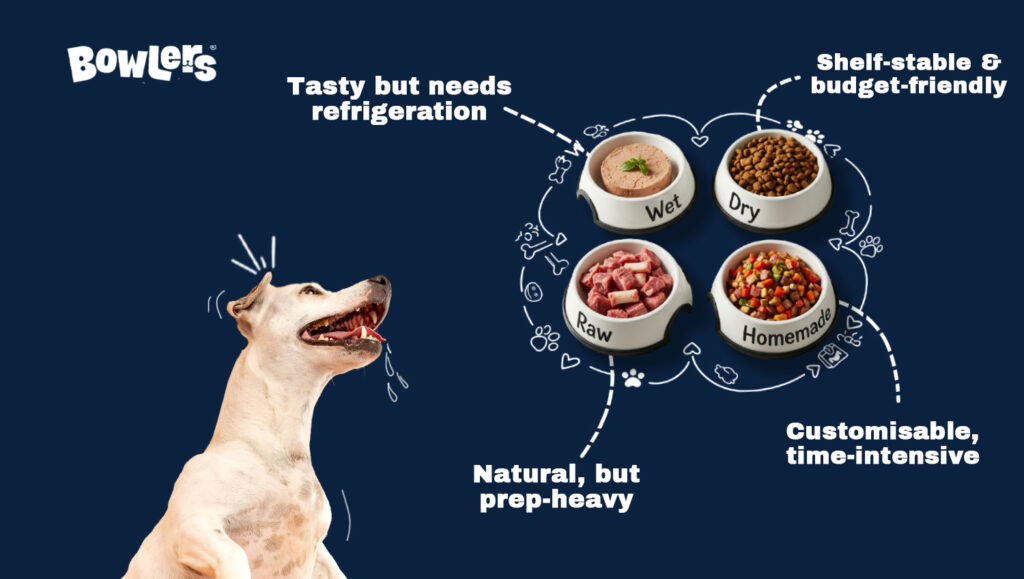
| Food Type | Protein | Moisture | Convenience |
|---|---|---|---|
| Wet | Moderate | High | Medium |
| Dry | Moderate–High | Low | Very High |
| Raw | Very High | High | Low |
| Homemade | Varies | Varies | Low |
How to Choose What’s Right for Your Dog
Every dog is unique, and the best food depends on your pet’s age, activity level, sensitivities, and your lifestyle. If you’re still unsure where to start, don’t miss our detailed guide: What Is the Best Food to Feed a Dog?
- Puppies: Need more protein and calories. Wet or raw can help with digestion.
- Adults: Balanced dry or mixed diets usually do the trick.
- Seniors: Softer options (wet or home-cooked) are easier on aging teeth and digestion.
And remember, activity matters too. A laid-back lap dog will need different fuel than a working dog who’s always on the move.
Why Bowlers is Built Different
At Bowlers, we believe dog food should be more than just tasty. It should be smartly formulated, packed with goodness, and tailored to your dog’s life stage. Whether you go wet, dry, or mix it up, our vet-approved recipes are designed to give your dog a happy, healthy life.
FAQs
Q1. What’s the healthiest type of dog food?
There’s no one-size-fits-all answer. Wet, dry, raw, or homemade—all can be healthy when chosen based on your dog’s age, breed, and activity. Quality matters more than the format.
Q2. Can I mix dry and wet food?
Absolutely! It’s a great way to add hydration and taste, while maintaining crunch for dental health.
Q3. Is raw food safe for dogs?
It can be, with the right hygiene and veterinary advice. Make sure it’s balanced and stored properly.
Q4. What are the pros and cons of homemade food?
You control the ingredients (pro!), but it takes time and needs to be nutritionally balanced (con). Vet guidance is a must.
Q5. How do I know when to change my dog’s food?
Watch for signs like itching, stomach upsets, or a dull coat. If something feels off, it might be time for a switch.
Q6. Does kibble really clean teeth?
It’s a yes. The crunch helps, but it’s no substitute for regular brushing or dental chews.
Q7. What’s the most budget-friendly option?
Dry kibble, hands down. But high-quality kibble may save you more in the long run on vet visits.
